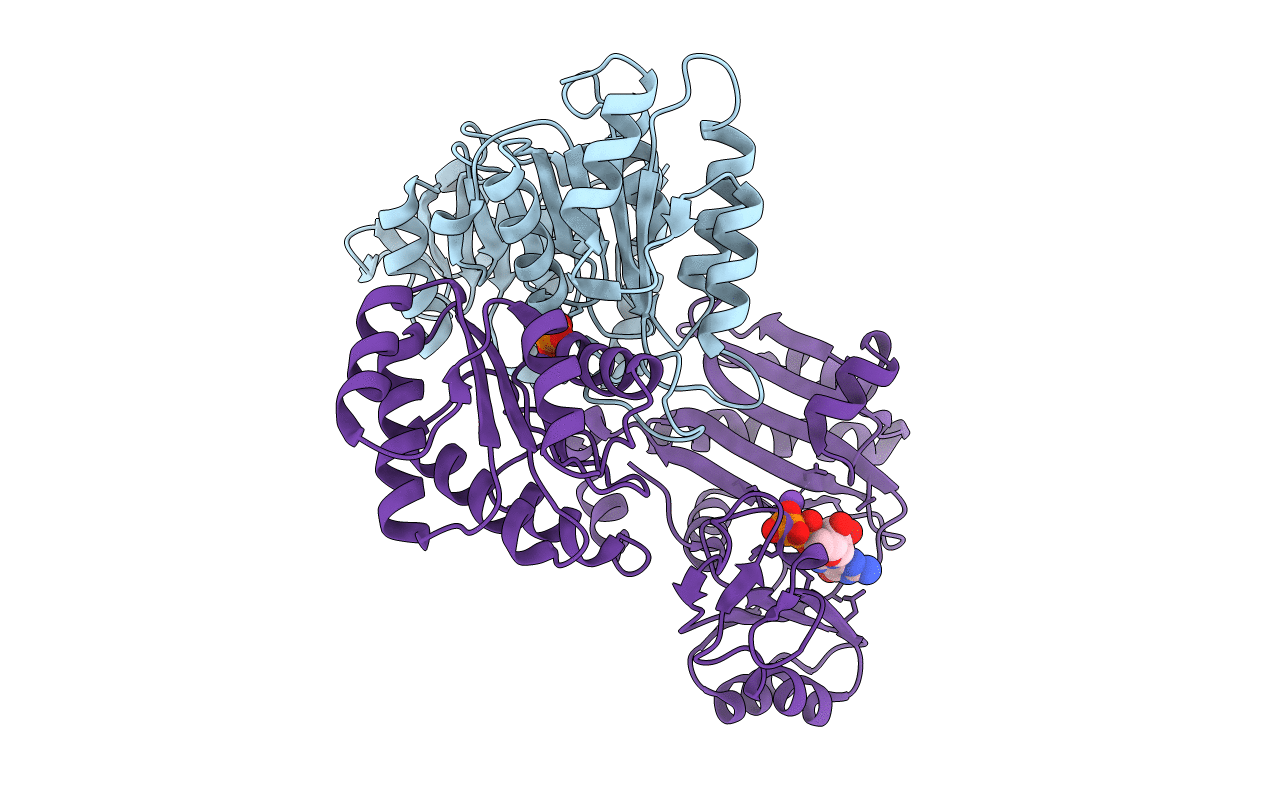
Deposition Date
2006-01-16
Release Date
2006-02-21
Last Version Date
2024-02-14
Entry Detail
PDB ID:
2FPG
Keywords:
Title:
Crystal structure of pig GTP-specific succinyl-CoA synthetase in complex with GDP
Biological Source:
Source Organism:
Sus scrofa (Taxon ID: 9823)
Host Organism:
Method Details:
Experimental Method:
Resolution:
2.96 Å
R-Value Free:
0.27
R-Value Work:
0.20
R-Value Observed:
0.20
Space Group:
P 65


